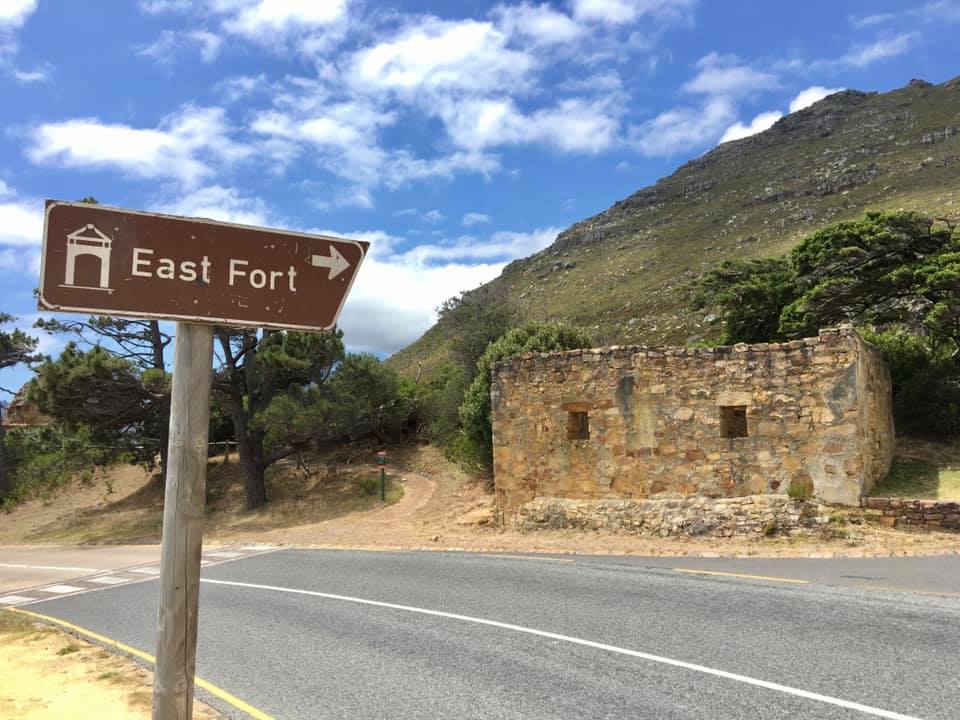Many know East Fort – also called “Sluysken” – in Hout Bay as the location of an easy walking trail – or a place to rest while you watch the sun set behind the mountain. What many do not know is that this is one of four forts built in Hout Bay during the 18th century. The others are West Fort, Conway Redoubt and Klein Gibraltar.
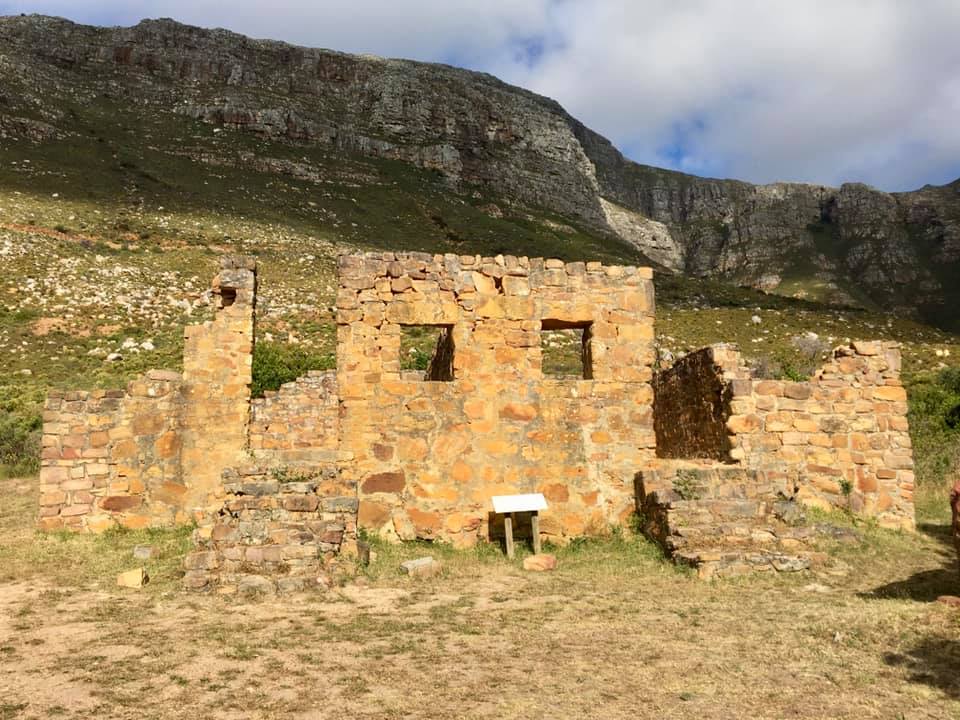
The fort lies in ruins now and Historian Dr Dean Allen shared the most magnificent images of East Fort during a recent visit.
Allen says it was originally constructed between 1782 – 1783 by French Pondicherry Regiment who had taken control of the Cape in 1781 from the fourth Anglo-French war.
“After the French Revolution in 1793 the Cape fell back into control of the Dutch. On September 15, 1795 East Fort and Hout Bay saw its first military action when the Dutch in East and West Fort fired their cannons upon the British naval vessel HMS Echo that was approaching the bay.
“Later in the same year when the British took over, they made additions to the site including the block house, barracks and more modern cannons at the time. East Fort wouldn’t be used again for military purposes until the beginning of World War II when an observation post was erected to keep watch for German invaders. East Fort was declared a National Monument in 1936 and received Provincial Heritage Site status in April 2000,” he said.
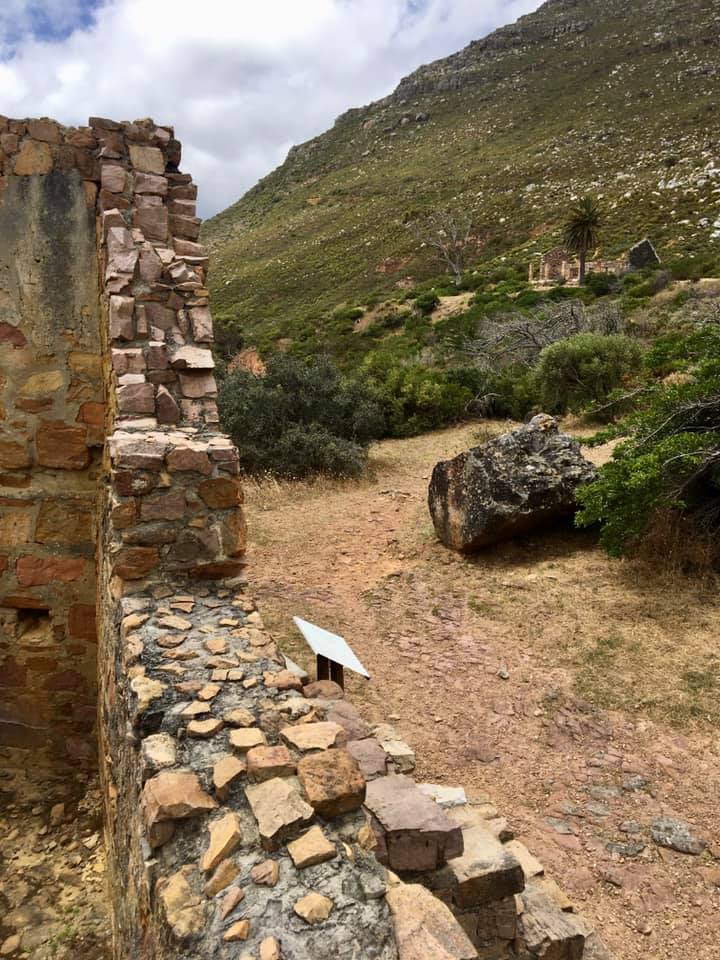
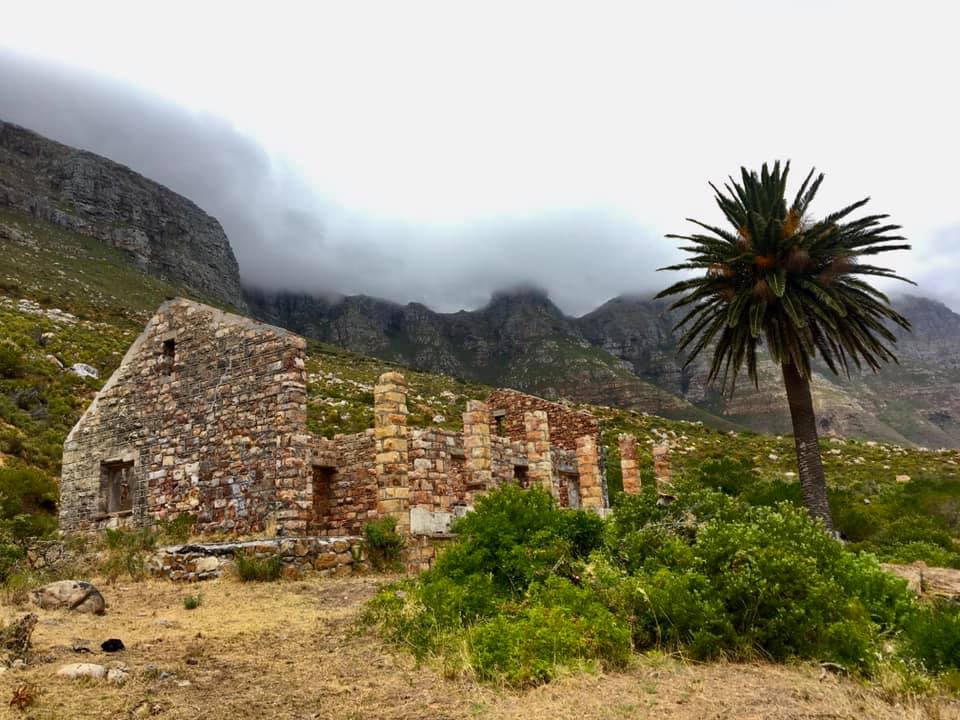
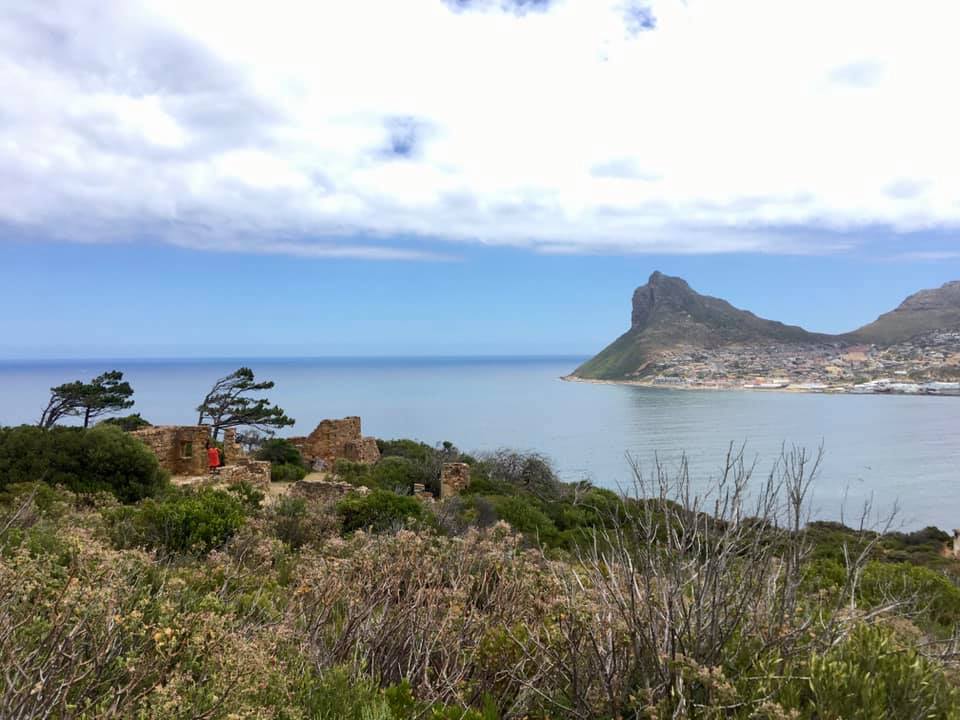
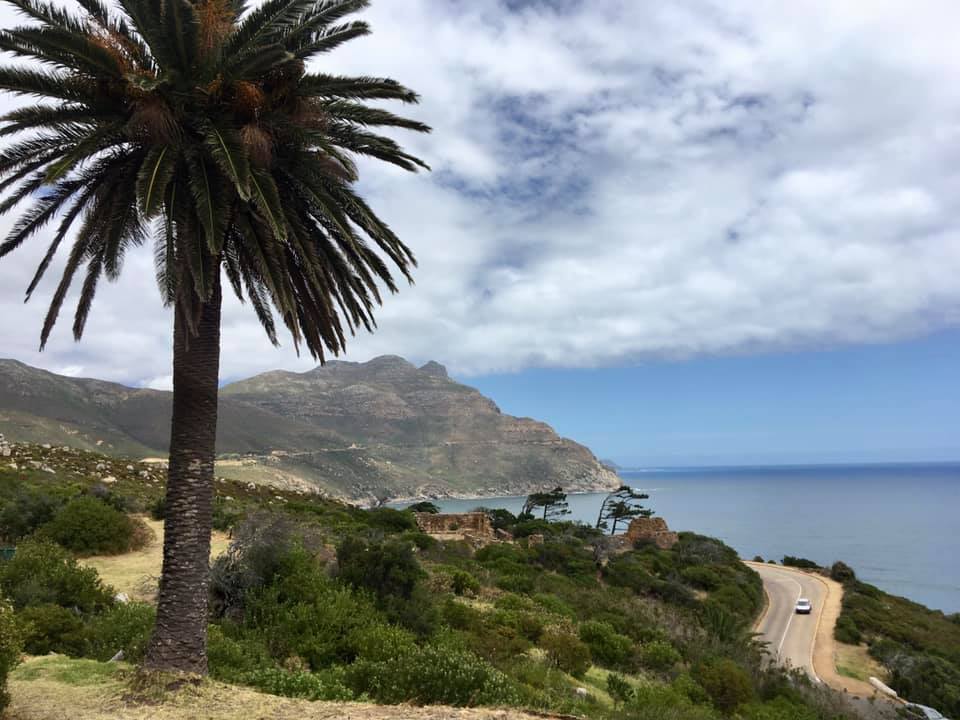
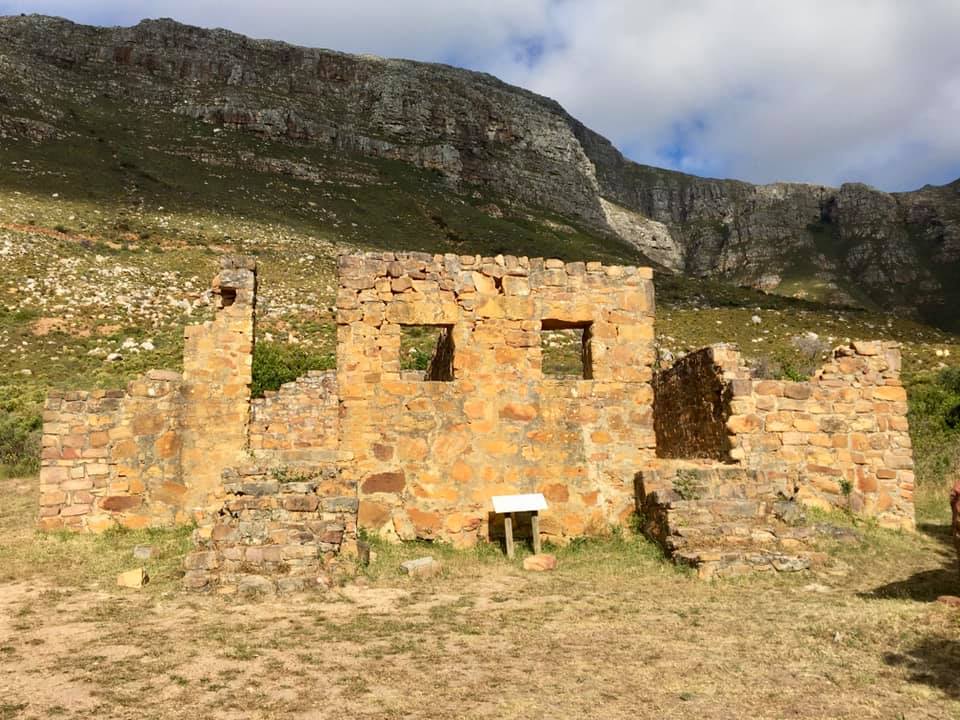
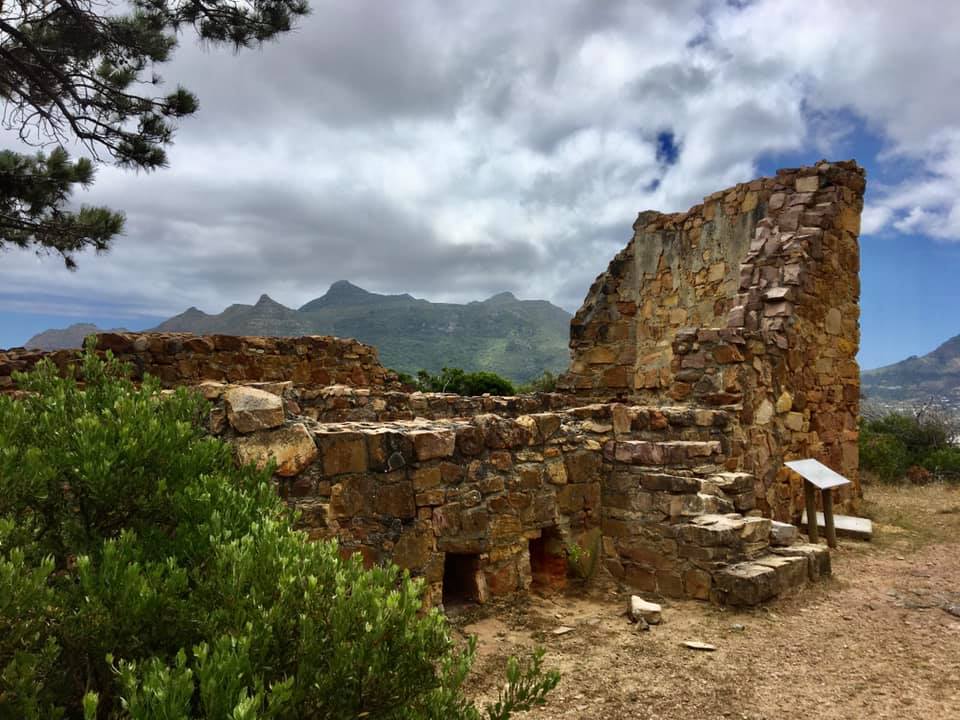
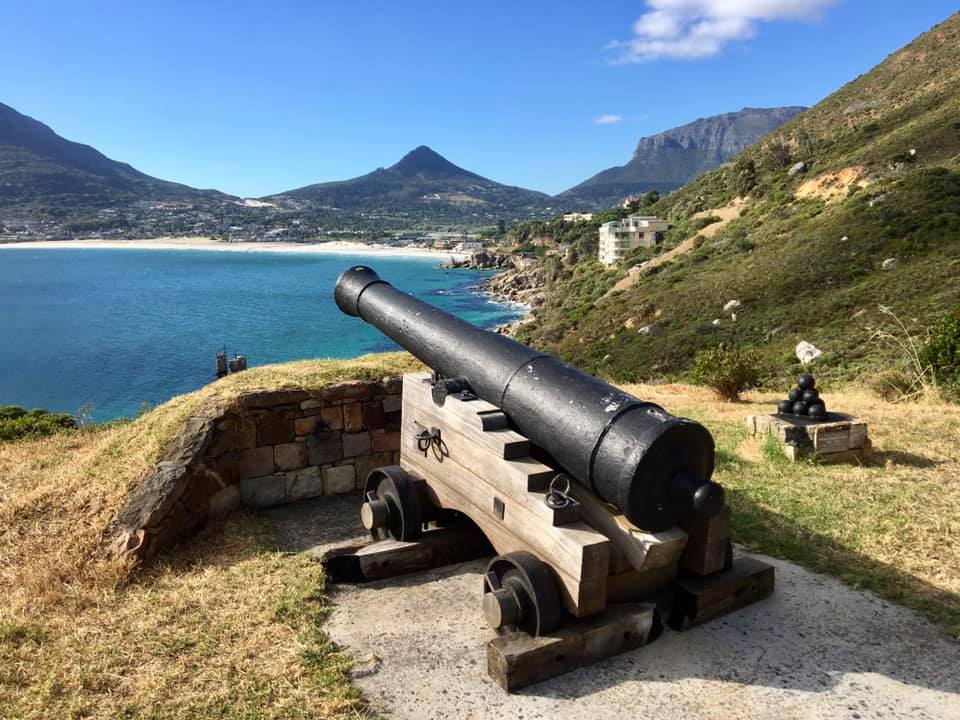
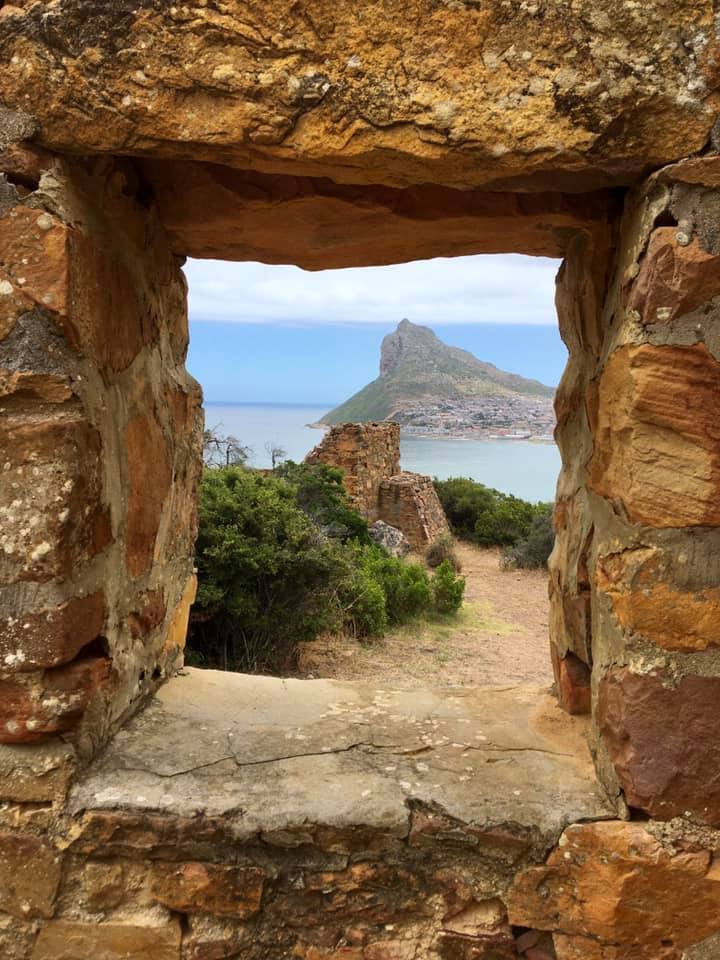
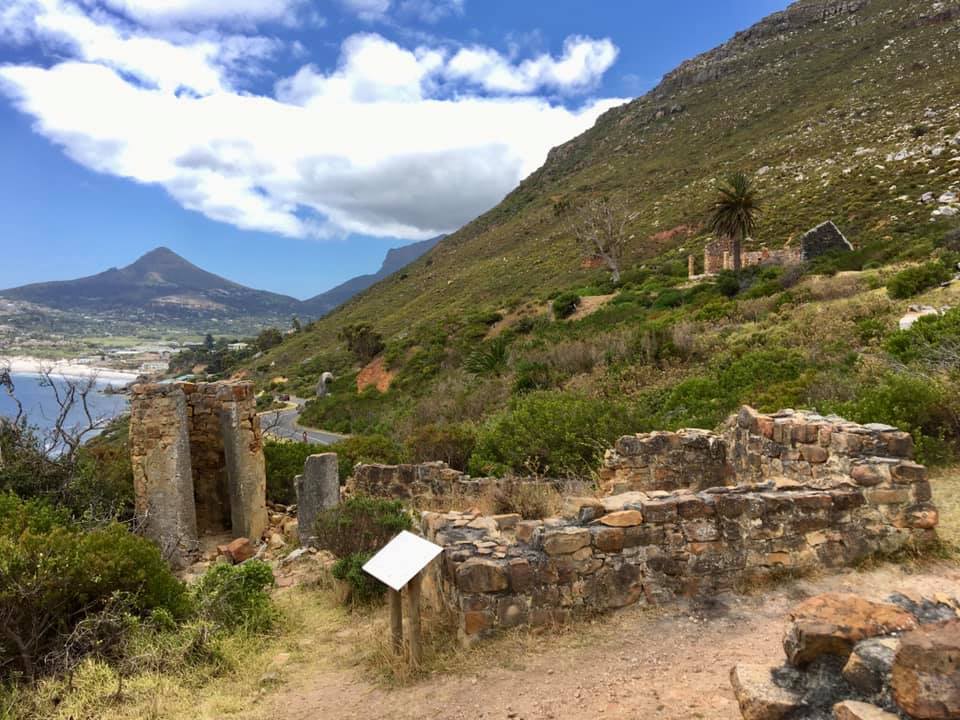
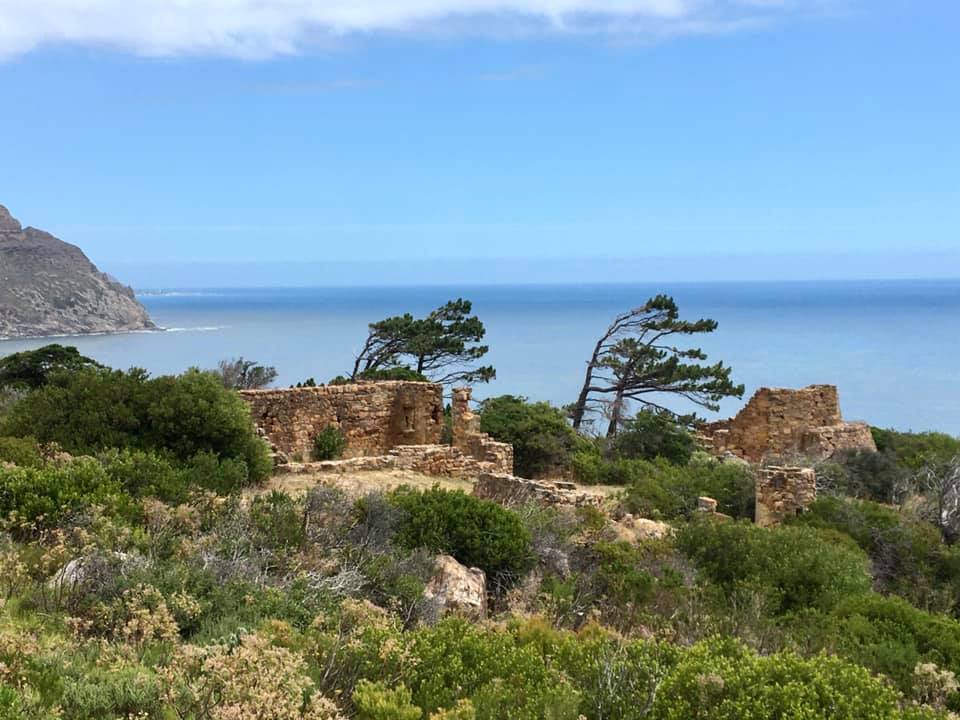
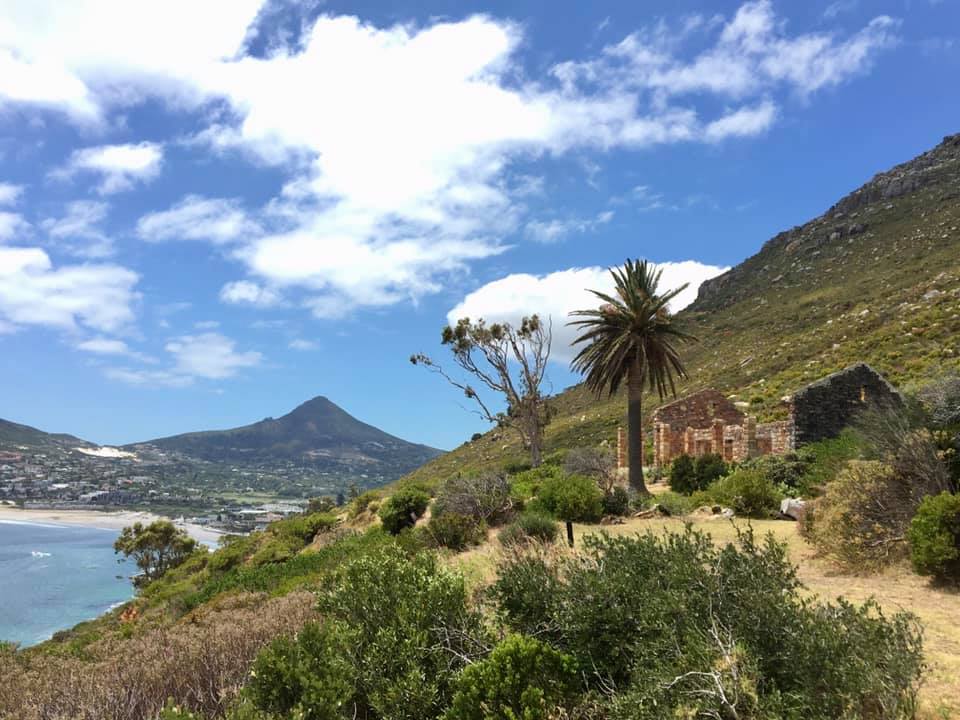
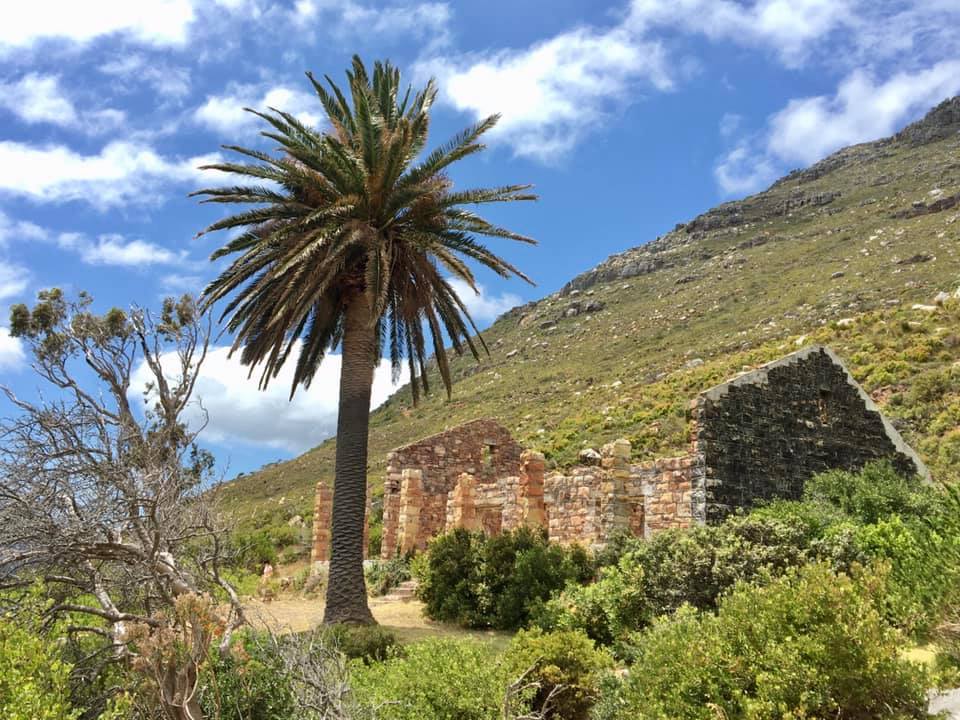
Tthe Heritage Portal states the British occupation lasted for eight years. However, following the treaty of Amiens in 1803, the Cape was handed back to the Dutch.
“By 1805 the intransigence of the French Republic fuelled the Napoleonic Wars to new heights and a large fleet of British warships was despatched to the Cape. General Sir David Baird in charge of the British forces knew that whilst Hout Bay’s batteries were minimal compared with the Castle of Good Hope fortifications, nevertheless when considered together with the block houses built on the slopes of Table Mountain they could present formidable resistance to an attack from the South, and so the British opted to land their forces at Lospards Bay from where the Battle of Blaauwberg commenced and within a few days the Cape fell to the British once more – this time for over 100 years,” the Portal site reads.
“East Fort is potentially a significant valuable Heritage Tourism Destination attraction,” it added. “It is also a logical “Gateway Point” to Table Mountain National Park (TMNP). Visitors and tourists from Cape Town unknowingly enter the Park as their buses drive to picnic destinations on Chapmans Peak Drive and en route to Cape Point.”
However, a few kilometres south the important tourist route is tolled and for large busses the route is ‘one way’, requiring them to return to Cape Town on the Eastern side of the Peninsula. This denies tourists the opportunity to view spectacular sunsets from the Fort.
Unfortunately, the East Fort site is at risk in many respects. Because little or no maintenance is done or protection given to the fabric of the site by the responsible authorities, walls are collapsing, it is subject to vandalism and exposed to fire damage.
Picture: Dr Dean Allen/Facebook




